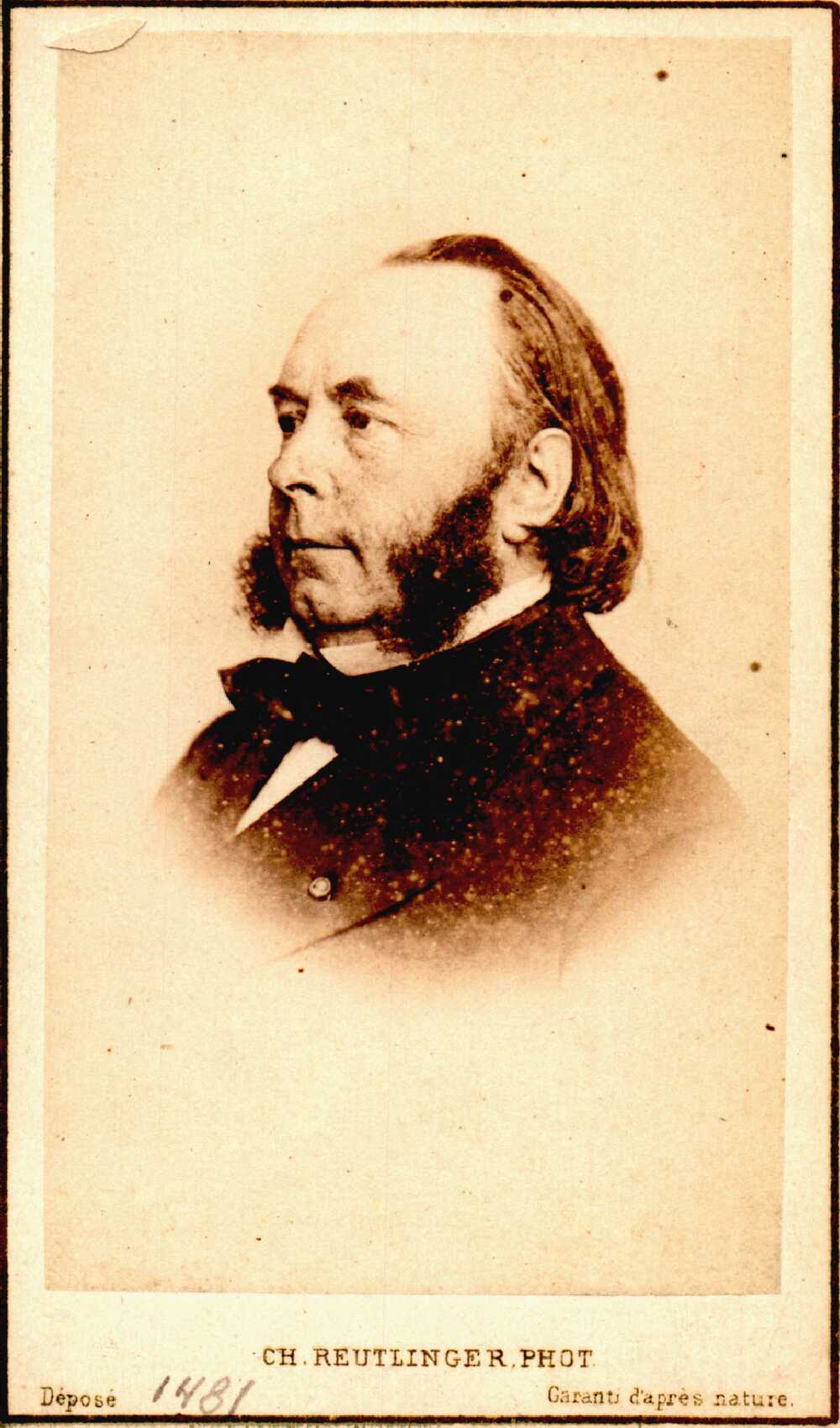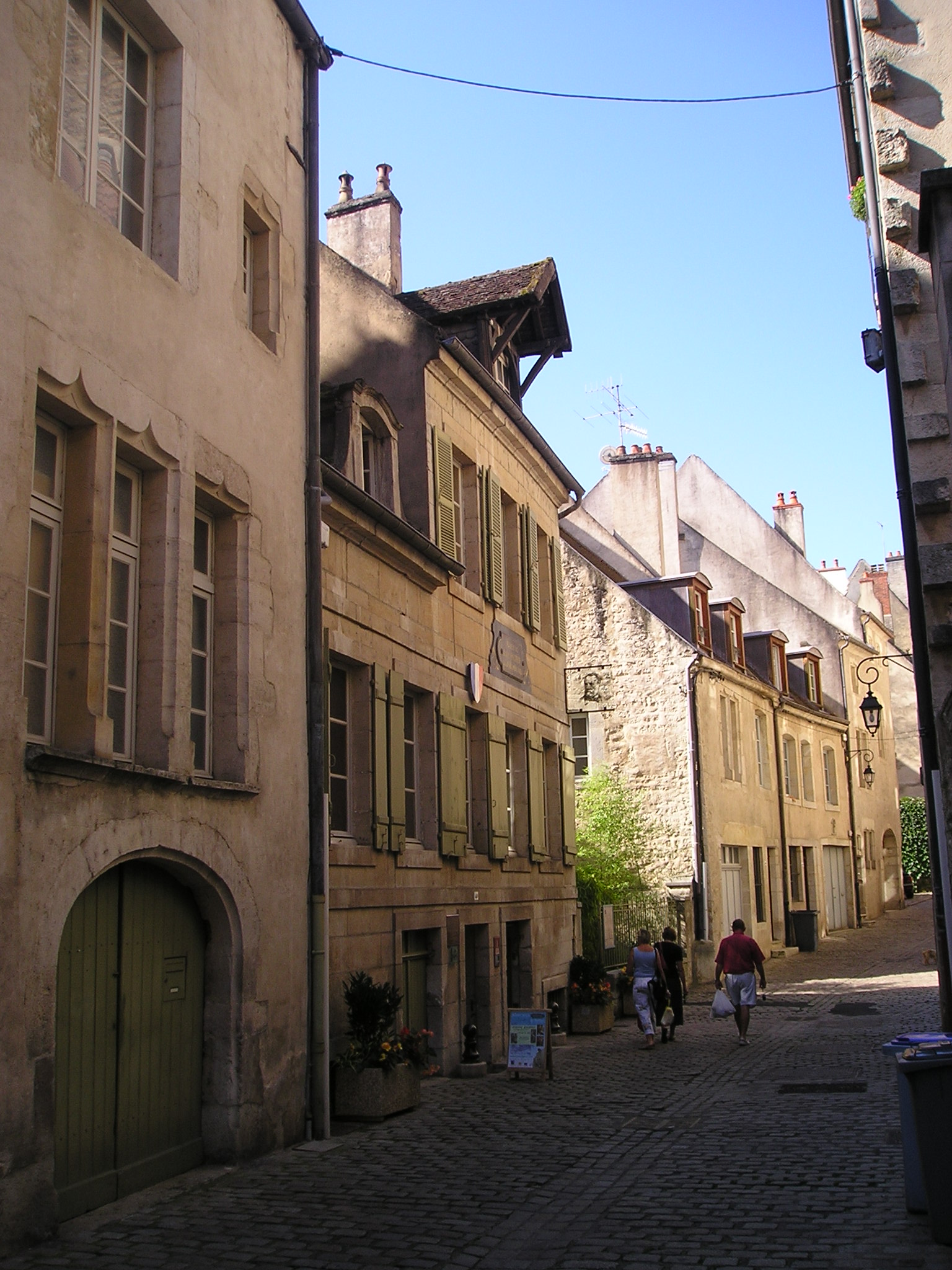|
Karlsruhe Congress
The Karlsruhe Congress was an international meeting of chemists held in Karlsruhe, Germany from 3 to 5 September 1860. It was the first international conference of chemistry worldwide. The meeting The Karlsruhe Congress was called so that European chemists could discuss matters of chemical nomenclature, notation, and atomic weights. The organization, invitation, and sponsorship of the conference were handled by August Kekulé, Adolphe Wurtz, and Karl Weltzien. As an example of the problems facing the delegates, Kekulé's ''Lehrbuch der Organischen Chemie'' gave nineteen different formulas used by chemists for acetic acid, as shown in the figure on this page. An understanding was reached on the time and place of the meeting, and printing of a circular addressed to European chemists listed below, which explained the objectives and goals of an international congress was agreed upon. The circular concluded: "...with the aim of avoiding any unfortunate omissions, the undersigned ... [...More Info...] [...Related Items...] OR: [Wikipedia] [Google] [Baidu] |
Edmond Frémy
Edmond Frémy (; 28 February 1814 – 3 February 1894) was a French chemist. He is perhaps best known today for Frémy's salt, a strong oxidizing agent which he discovered in 1845. Fremy's salt is a long-lived free radical that finds use as a standard in electron paramagnetic resonance spectroscopy. Life Frémy was born at Versailles, entered Joseph Louis Gay-Lussac's laboratory in 1831, and was employed at the École Polytechnique in 1834 and at the Collège de France in 1837. His next post was that of repetiteur at the École Polytechnique, where in 1846 he was appointed professor, and in 1850 he succeeded Gay-Lussac in the chair of chemistry at the Muséum national d'histoire naturelle, of which he later became director (1879–1891) after Michel Eugène Chevreul. He died in Paris. Work Frémy's work included investigations of osmic acid, the ferrates, stannates, plumbates, and other oxometallates, as well as ozone; attempts to obtain free fluorine by the electrolysis ... [...More Info...] [...Related Items...] OR: [Wikipedia] [Google] [Baidu] |
Friedrich Wöhler
Friedrich Wöhler () FRS(For) HonFRSE (31 July 180023 September 1882) was a German chemist known for his work in inorganic chemistry, being the first to isolate the chemical elements beryllium and yttrium in pure metallic form. He was the first to prepare several inorganic compounds, including silane and silicon nitride. Wöhler is known for seminal contributions in organic chemistry, in particular, the Wöhler synthesis of urea. His synthesis of the organic compound urea in the laboratory from inorganic substances contradicted the belief that organic compounds could only be produced by living organisms due to a "life force". However, the exact extent of Wöhler's role in diminishing the belief in vitalism is considered by some to be questionable. Biography Friedrich Wöhler was born in Eschersheim, Germany, and was the son of a veterinarian. As a boy, he showed interest in mineral collecting, drawing, and science. His secondary education was at the Frankfurt Gymnasium. Durin ... [...More Info...] [...Related Items...] OR: [Wikipedia] [Google] [Baidu] |
Hermann Franz Moritz Kopp
Hermann Franz Moritz Kopp (30 October 1817 – 20 February 1892), German chemist, was born at Hanau, where his father, Johann Heinrich Kopp (1777–1858), a physician, was professor of chemistry, physics and natural history at the local lyceum. After attending the gymnasium of his native town, he studied at Marburg and Heidelberg, and then, attracted by the fame of Liebig, went in 1839 to Gießen, where he became a ''privatdozent'' in 1841, and professor of chemistry twelve years later. In 1864 he was called to Heidelberg in the same capacity, and he remained there till his death. Kopp devoted himself especially to physico-chemical inquiries, and in the history of chemical theory his name is associated with several of the most important correlations of the physical properties of substances with their chemical constitution. Much of his work was concerned with specific volumes, the conception of which he set forth in a paper published when he was only twenty-two years of age; a ... [...More Info...] [...Related Items...] OR: [Wikipedia] [Google] [Baidu] |
Lambert Heinrich Von Babo
Lambert Heinrich Joseph Anton Konrad Freiherr von Babo (November 25, 1818 – April 15, 1899) was a German chemist. Life Babo was the son of the agronomist Lambert Joseph von Babo and his first wife Karoline Ehrmann. The oenologist August Wilhelm von Babo was his half-brother. After graduating from high school Babo studied medicine at the Universities of Heidelberg and Munich and received a doctorate in 1842 from Heidelberg. In the following year he began studying chemistry under Justus von Liebig at Gießen receiving his habilitation in 1845 from Freiburg im Breisgau. On September 6, 1847 he married Elise Baumgärtner in Freiburg and had a daughter and two sons. He became a Privatdozent at the University of Freiburg außerordentlicher Professor in 1854 and ordentlicher Professor in 1859. As such, he was also appointed an expert for the Grand Ducal courts. Work Babo determined vapor pressure of water, called von Babo's law Von Babo's law (sometimes styled Babo's law) is a exp ... [...More Info...] [...Related Items...] OR: [Wikipedia] [Google] [Baidu] |
Eilhard Mitscherlich
Eilhard Mitscherlich (; 7 January 179428 August 1863) was a German chemist, who is perhaps best remembered today for his discovery of the phenomenon of crystallographic isomorphism in 1819. Early life and work Mitscherlich was born at Neuende (now a part of Wilhelmshaven) in the Lordship of Jever, where his father was pastor. His uncle, Christoph Wilhelm Mitscherlich (1760–1854), professor at the University of Göttingen, was in his day a celebrated scholar. Eilhard Mitscherlich was educated at Jever by the historian Friedrich Christoph Schlosser, and in 1811 went to the University of Heidelberg devoting himself to philology, with an emphasis on the Persian language. In 1813 he went to Paris to seek permission to join the embassy which Napoleon I of France was establishing in Persia. The abdication of Napoleon Bonaparte in 1814 put an end to this, and Mitscherlich resolved to study medicine in order that he might enjoy that freedom of travel usually allowed in the East to ph ... [...More Info...] [...Related Items...] OR: [Wikipedia] [Google] [Baidu] |
Théophile-Jules Pelouze
Théophile-Jules Pelouze (also known as Jules Pelouze, Théophile Pelouze, Theo Pelouze, or T. J. Pelouze, ; 26 February 180731 May 1867) was a French chemist. Life He was born at Valognes, and died in Paris. His father, Edmond Pelouze, was an industrial chemist and the author of several technical handbooks. The son, after spending some time in a pharmacy at La Fère acted as laboratory assistant to Gay-Lussac and Jean Louis Lassaigne at Paris from 1827 to 1829. In 1830 he was appointed associate professor of chemistry at Lille, but returning to Paris next year became ''repetiteur'', and subsequently professor at the École polytechnique. He also held the chair of chemistry at the Collège de France, and in 1833 became assayer to the mint and in 1848 president of the ''Commission des Monnaies''. After the coup d'état in 1851 he resigned his appointments, but continued to conduct an experimental laboratory-school he had started in 1846. There he worked with the explosive mate ... [...More Info...] [...Related Items...] OR: [Wikipedia] [Google] [Baidu] |
Louis Pasteur
Louis Pasteur (, ; 27 December 1822 – 28 September 1895) was a French chemist and microbiologist renowned for his discoveries of the principles of vaccination, microbial fermentation and pasteurization, the latter of which was named after him. His research in chemistry led to remarkable breakthroughs in the understanding of the causes and preventions of diseases, which laid down the foundations of hygiene, public health and much of modern medicine. His works are credited to saving millions of lives through the developments of vaccines for rabies and anthrax. He is regarded as one of the founders of modern bacteriology and has been honored as the "father of bacteriology" and the "father of microbiology" (together with Robert Koch; the latter epithet also attributed to Antonie van Leeuwenhoek). Pasteur was responsible for disproving the doctrine of spontaneous generation. Under the auspices of the French Academy of Sciences, his experiment demonstrated that in sterilized ... [...More Info...] [...Related Items...] OR: [Wikipedia] [Google] [Baidu] |
Jean-Baptiste Dumas
Jean Baptiste André Dumas (14 July 180010 April 1884) was a French chemist, best known for his works on organic analysis and synthesis, as well as the determination of atomic weights (relative atomic masses) and molecular weights by measuring vapor densities. He also developed a method for the analysis of nitrogen in compounds. Biography Dumas was born in Alès (Gard), and became an apprentice to an apothecary in his native town. In 1816, he moved to Geneva, where he attended lectures by M. A. Pictet in physics, C. G. de la Rive in chemistry, and A. P. de Candolle in botany, and before he had reached his majority, he was engaged with Pierre Prévost in original work on problems of physiological chemistry and embryology. In 1822, he moved to Paris, acting on the advice of Alexander von Humboldt, where he became professor of chemistry, initially at the Lyceum, later (1835) at the École polytechnique. He was one of the founders of the École centrale des arts et manufactures ... [...More Info...] [...Related Items...] OR: [Wikipedia] [Google] [Baidu] |
Jean-Baptiste Boussingault
Jean-Baptiste Joseph DieudonnĂ© Boussingault (2 February 1801 – 11 May 1887) was a French chemist who made significant contributions to agricultural science, petroleum science and metallurgy. Biography Jean-Baptiste Boussingault – an agricultural scientist and chemist – was born in Paris. After studying at the school of Mining, mines at Saint-Etienne he went to Alsace to work in the asphalt mines – a two-year interlude that was to shape his contributions to science. During the insurrection of the Spanish colonies, the president of Gran-Colombia, the liberator SimĂłn BolĂvar, named Francisco Antonio Zea, ambassador in France, to contract youngers and singles European scientists to investigate the available sources of his new formed nation. In 1822 Boussingault with the Peruvian geologist :en:Mariano Eduardo de Rivero y Ustariz, Mariano Rivero were contracted by Zea and they went to Venezuela as a mining engineer on behalf of an English company contracted by SimĂłn BolĂ ... [...More Info...] [...Related Items...] OR: [Wikipedia] [Google] [Baidu] |





